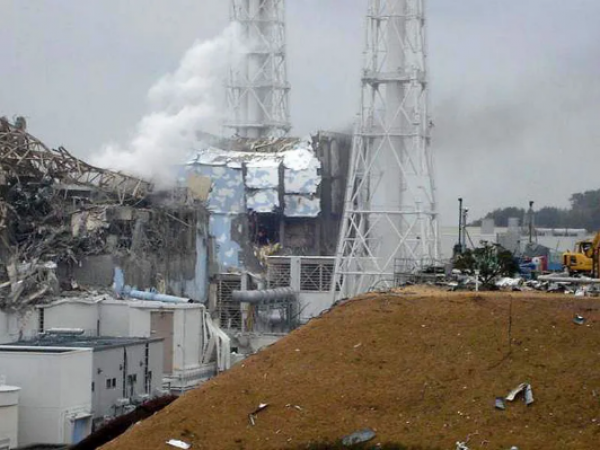
TOKYO: Noting progress on a release tunnel and the need to win over the public, Japan has moved the timing of a planned release into a sea of treated but still radioactive wastewater at the Fukushima nuclear power plant to "around spring". modified. Summer," indicating a delay from an initial target of this spring.
Plans to begin discharging clean wastewater into the ocean in the spring of 2023 were announced by the government and the plant's operator, Tokyo Electric Power Company Holdings, in April 2021.
They claim that the storage of more than one million tons of water in the plant's nearly 1,000 tanks is hindering its decommissioning and poses a risk of leakage in the event of a significant earthquake or tsunami.
Also Read: Court charged the suspect of Shinzo Abe's murder
The treated water will be sent from the tanks through a pipeline to a coastal facility where it will be diluted with seawater and sent through an undersea tunnel that is currently being built to an offshore outlet, according to the current plan. . The company has acknowledged that the tunnel project may be delayed due to stormy winter weather and rough seas.
Chief Cabinet Secretary, Hirokazu Matsuno, informed reporters on Friday that the government has adopted a revised action plan, which now has a new release date of "around spring or summer this year" and includes measures to ensure security and financial support. Increased effort is involved. regional fishing industry.
Despite the government's revised schedule for releasing the wastewater, TEPCO President Tomoaki Kobayakawa said his company aims to have the facility operational by spring. He acknowledged that the release was not well understood in the field and promised to work to address concerns about security.
Also Read: Israeli arrests at night terrorize Palestinian children and families
The cooling system at the Fukushima plant was destroyed by a major earthquake and tsunami in 2011, causing three reactors to melt down and release radiation.
Since then, leaks in the basements of the reactor buildings have been used to cool the damaged reactor cores – which are still highly radioactive – with water that is collected, treated and stored in tanks.
Fishermen, local residents and Japan's neighbors including China and South Korea have strongly opposed the release plan. Residents of Fukushima worry that the reputation of their fish and farm products will be further damaged.
During the water treatment process, most of the radioactivity is removed, but tritium cannot be removed and small amounts of some other radionuclides remain.
The government and TEPCO claim that because the water will be released gradually after large volumes of seawater have been subjected to additional processing and dilution, any adverse effects on the environment and public health will be minimal.
According to some scientists, the release plan should be postponed until it is known how long-term, low-dose exposure to tritium and other radionuclides will affect the environment and people. It is claimed that tritium has a greater effect on people when it is ingested in fish.
Japan and the International Atomic Energy Agency are working together to improve the safety, openness and understanding of water discharge planning.
Also Read: UN Women at Davos 2023- Advancing Gender Equality
An IAEA team that made several trips to Japan last year for meetings and plant inspections will return there in January to meet with nuclear regulators and issue a final report ahead of a scheduled release.